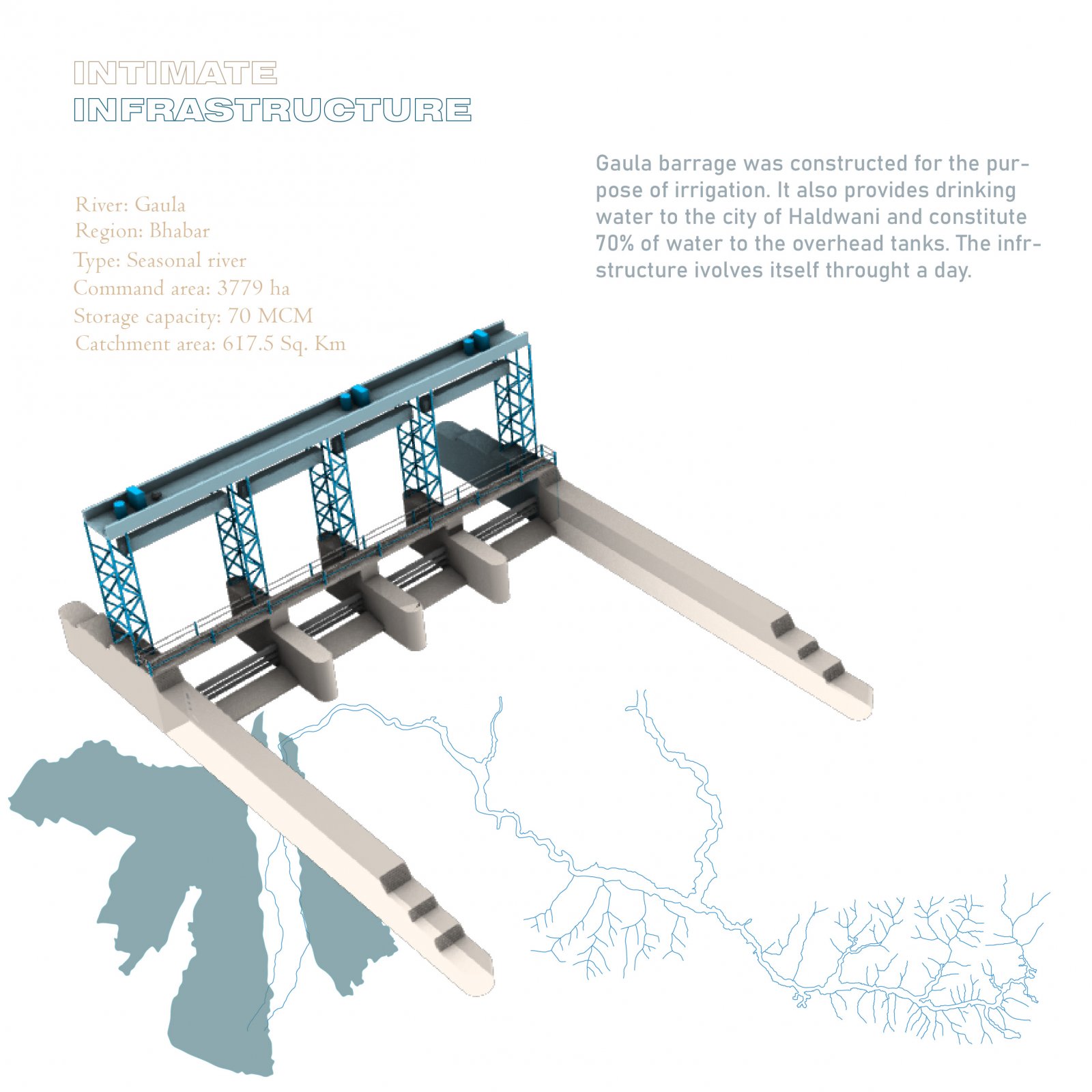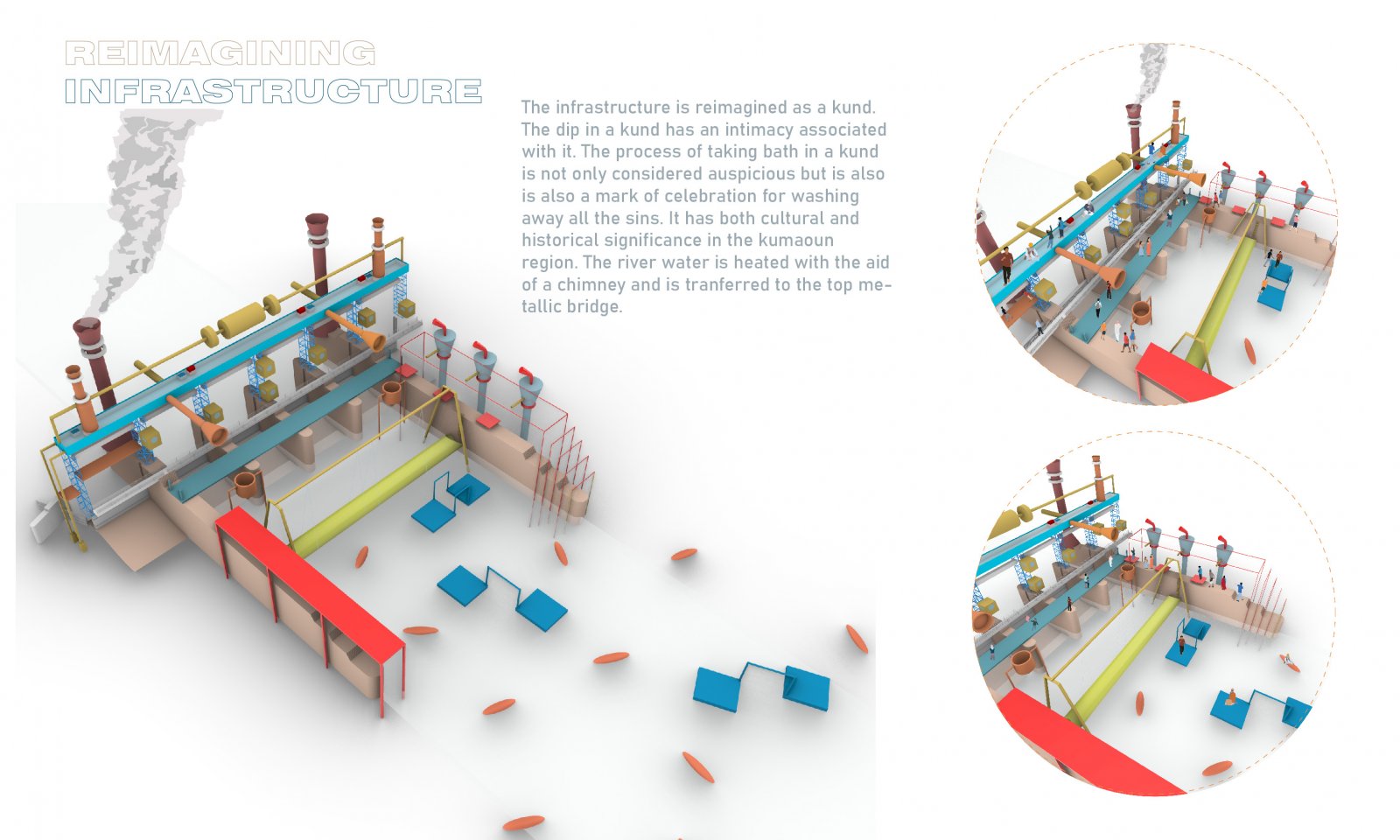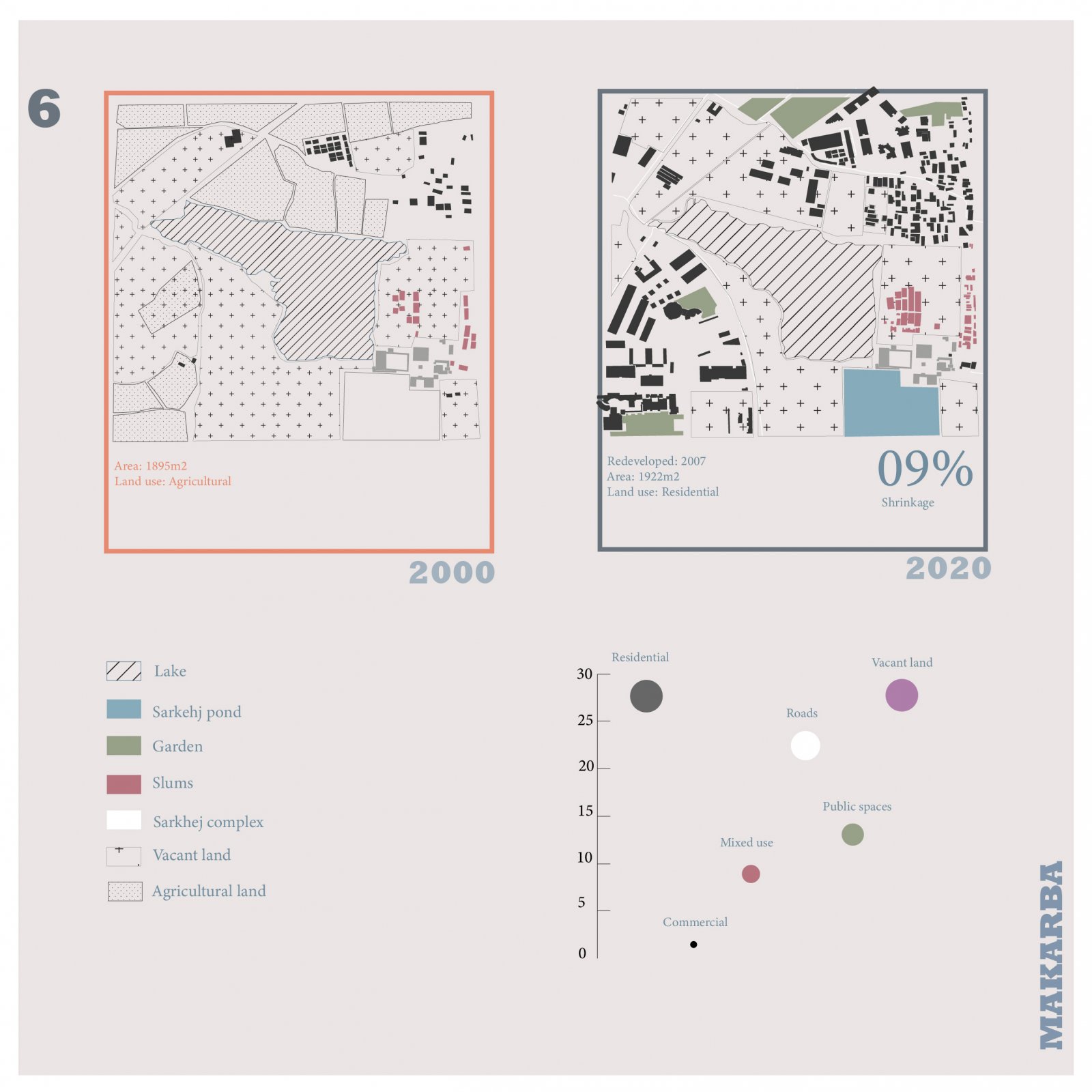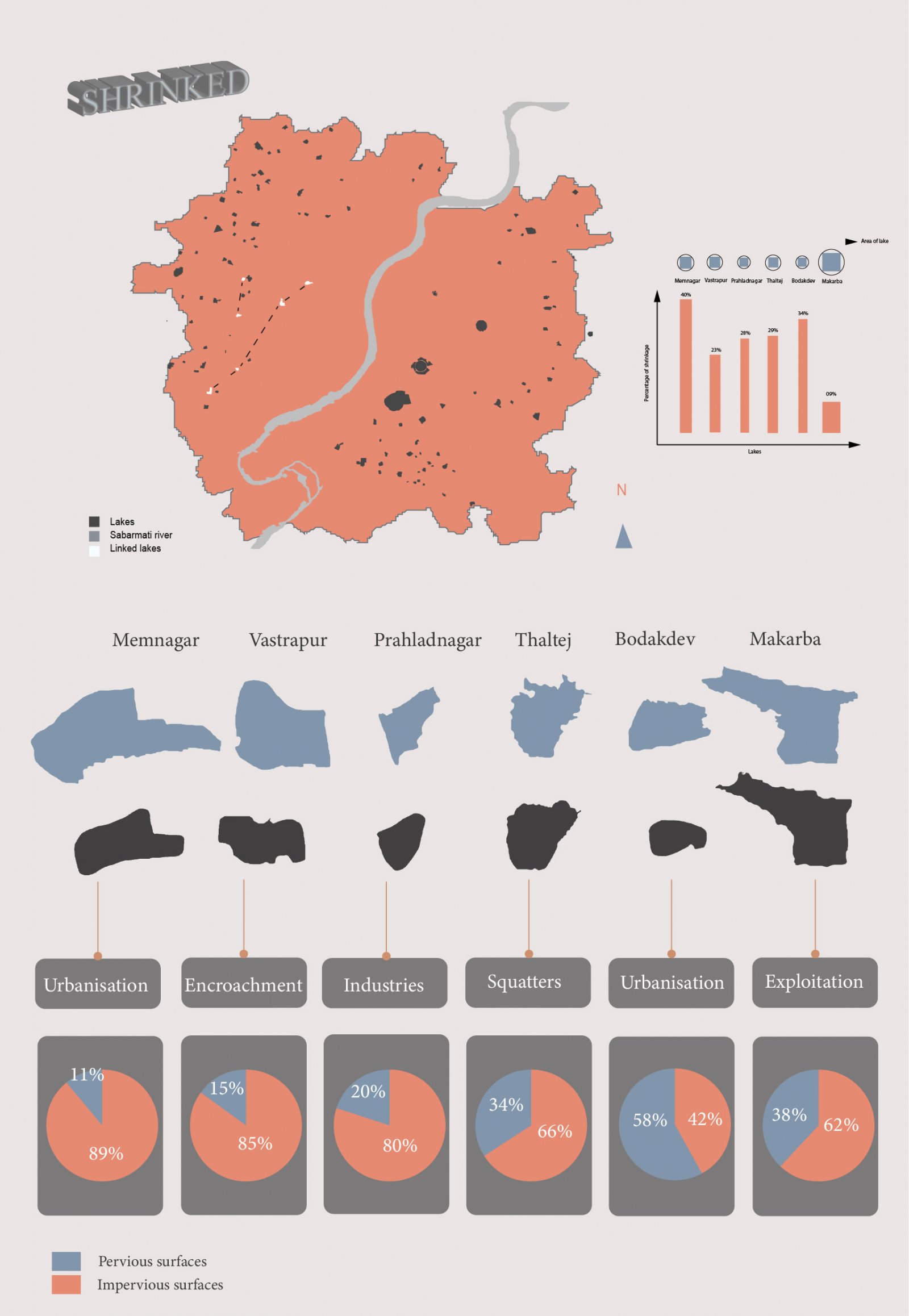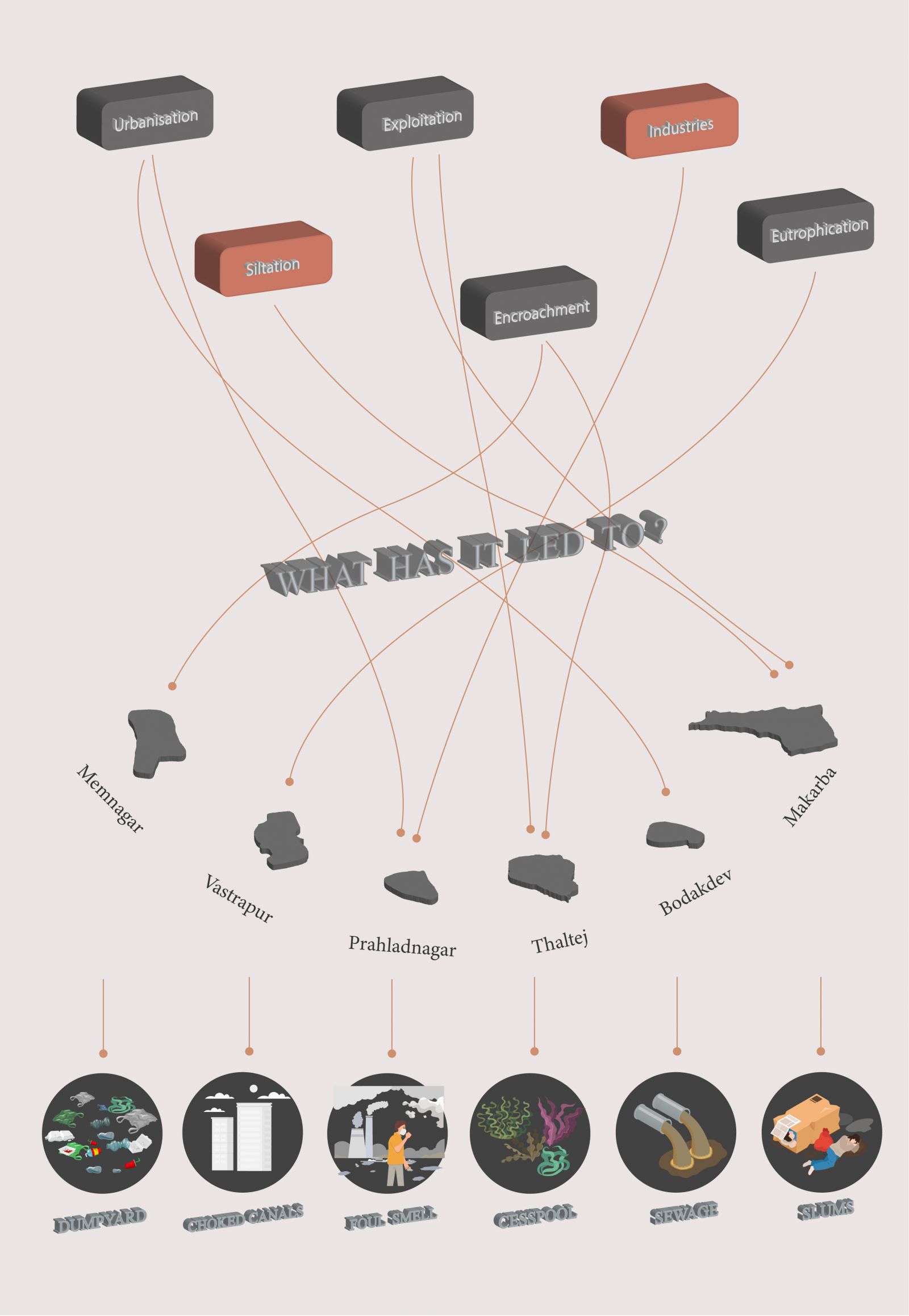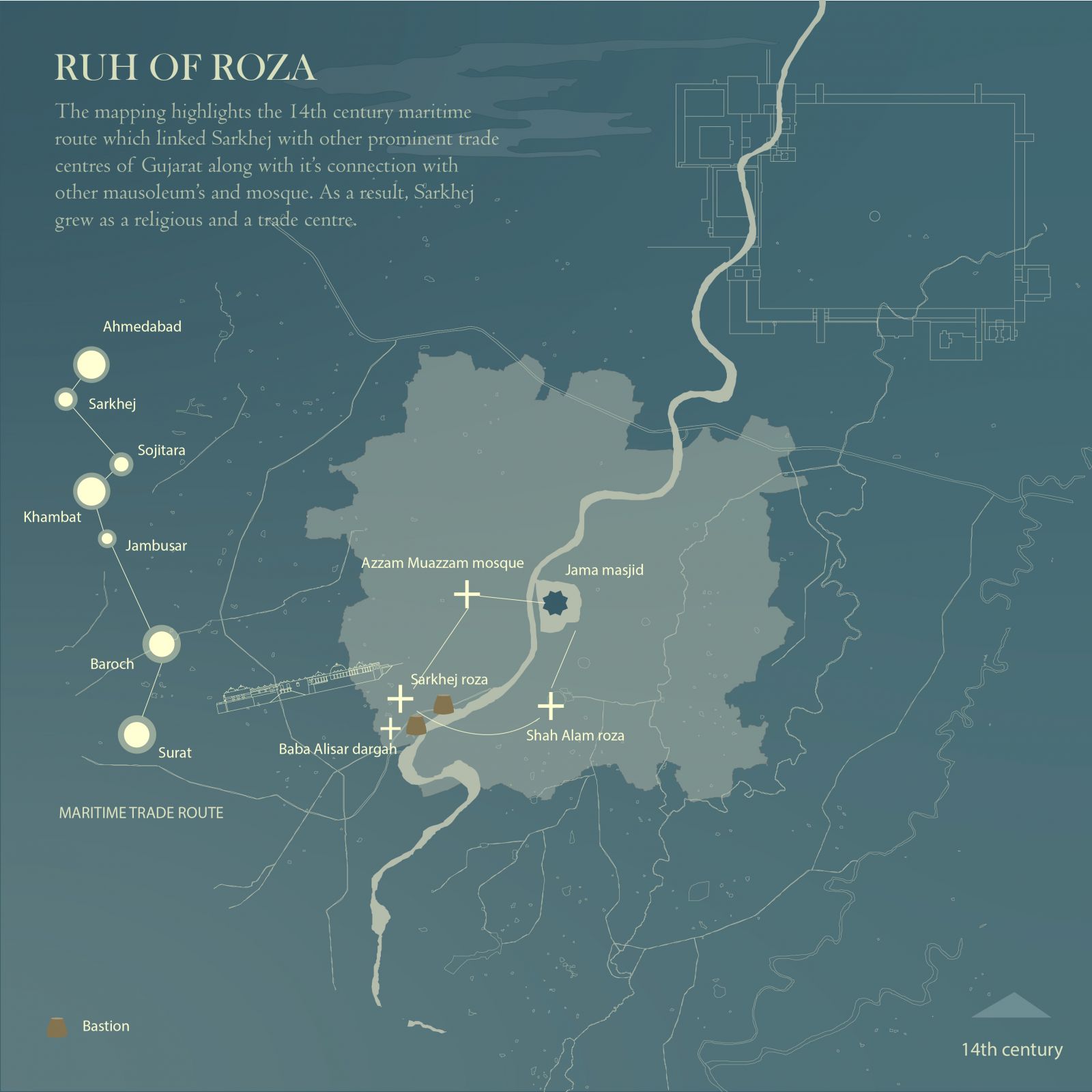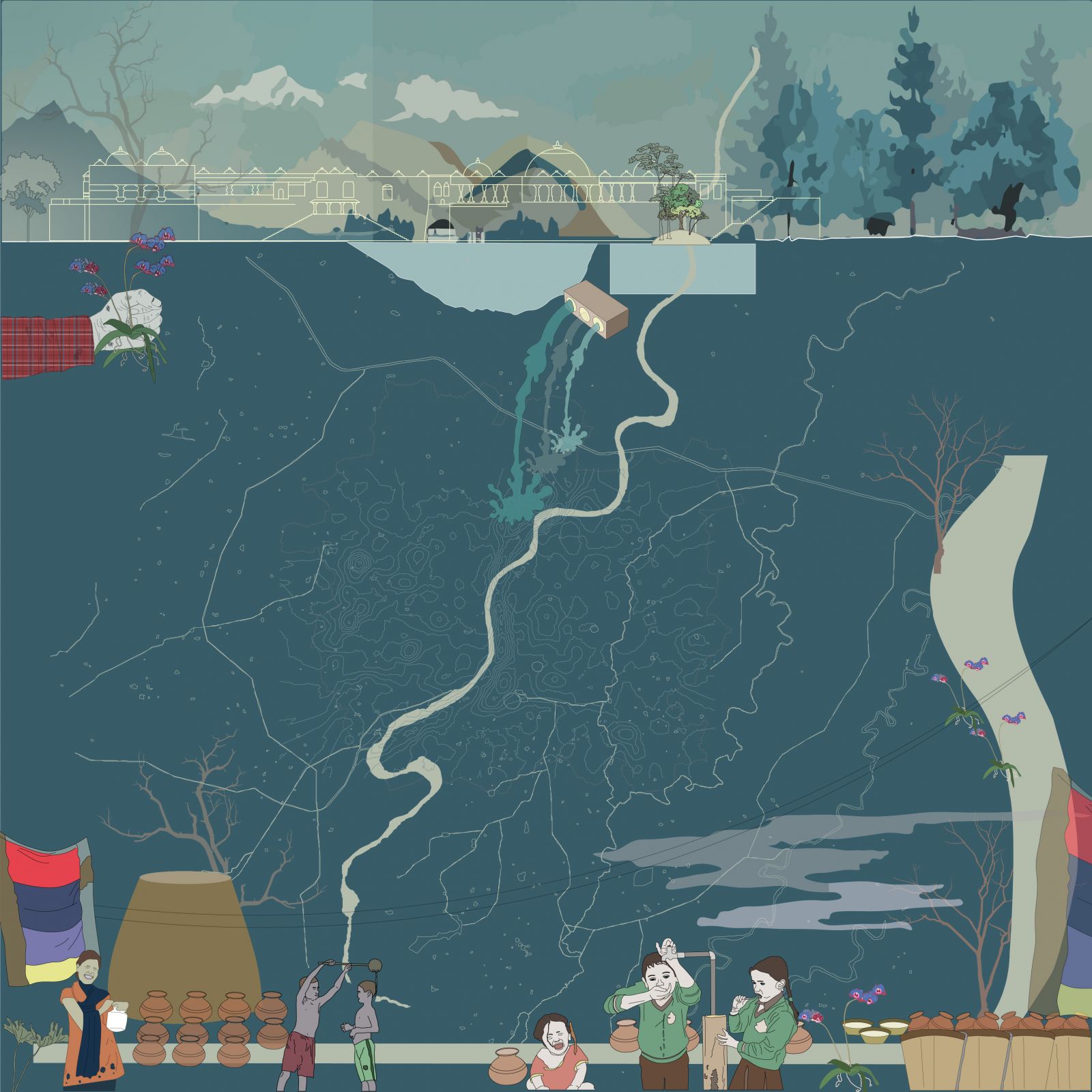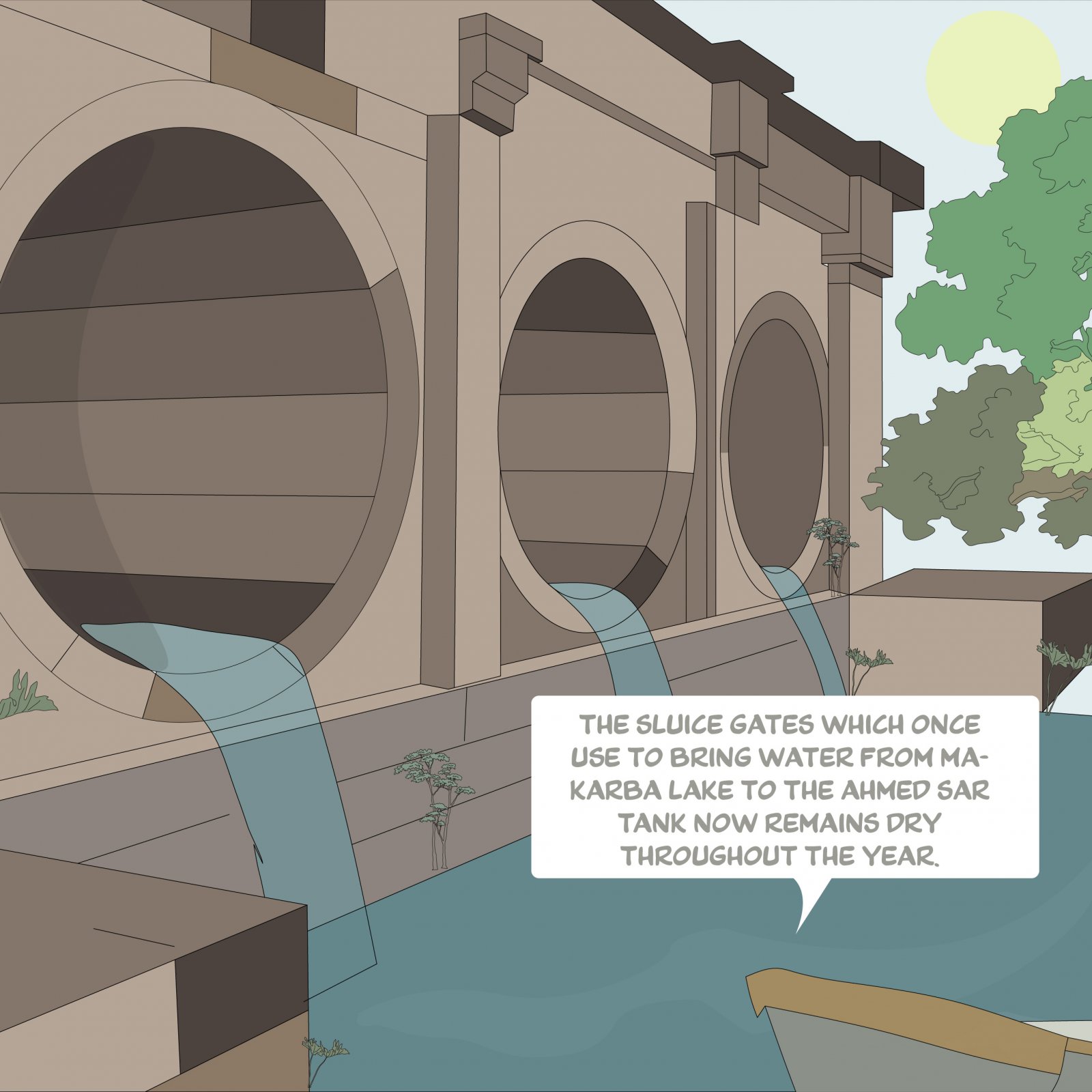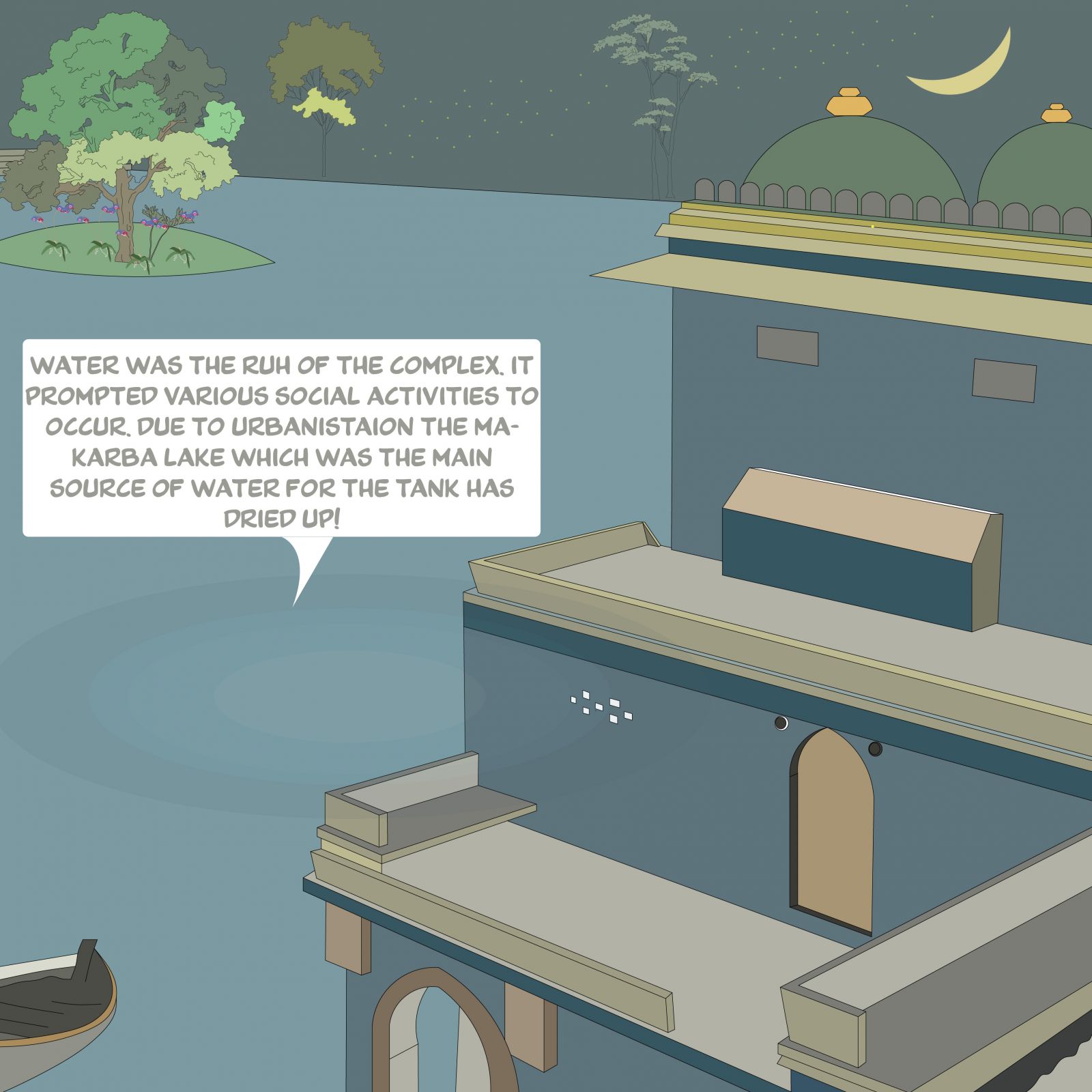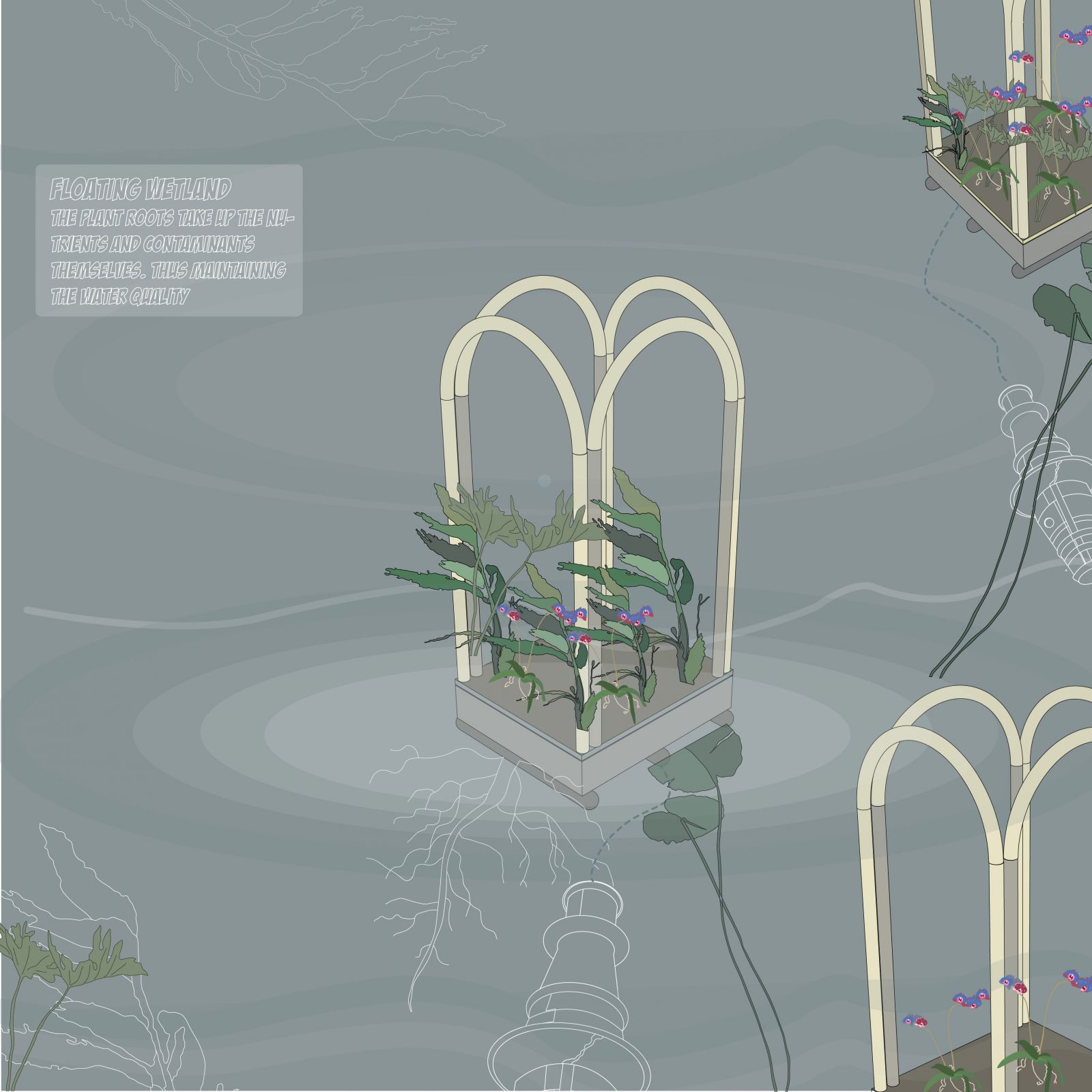Your browser is out-of-date!
For a richer surfing experience on our website, please update your browser. Update my browser now!
For a richer surfing experience on our website, please update your browser. Update my browser now!
Sarkhej roza emerged as an important religious and traded centre in the mid 14th century. The complex was built beside Makarba lake and later a tank was excavated by Mehmud Begada. As a result, the lake and the tank become an anchor point for Sarkhej. The region of Sarkhej went through rapid urbanisation which polluted the lake and turned it into a mere detention pond. The speculation prompts a scenario where the existing is used as an opportunity for the attachments to perform while performing a specific function. They have been classified as collectors, generators and activators.
The collectors collect rainwater which falls on the rooftop of buildings. The generators deal with generating new out of the existing while treating the water and the activator act as an activating module.
